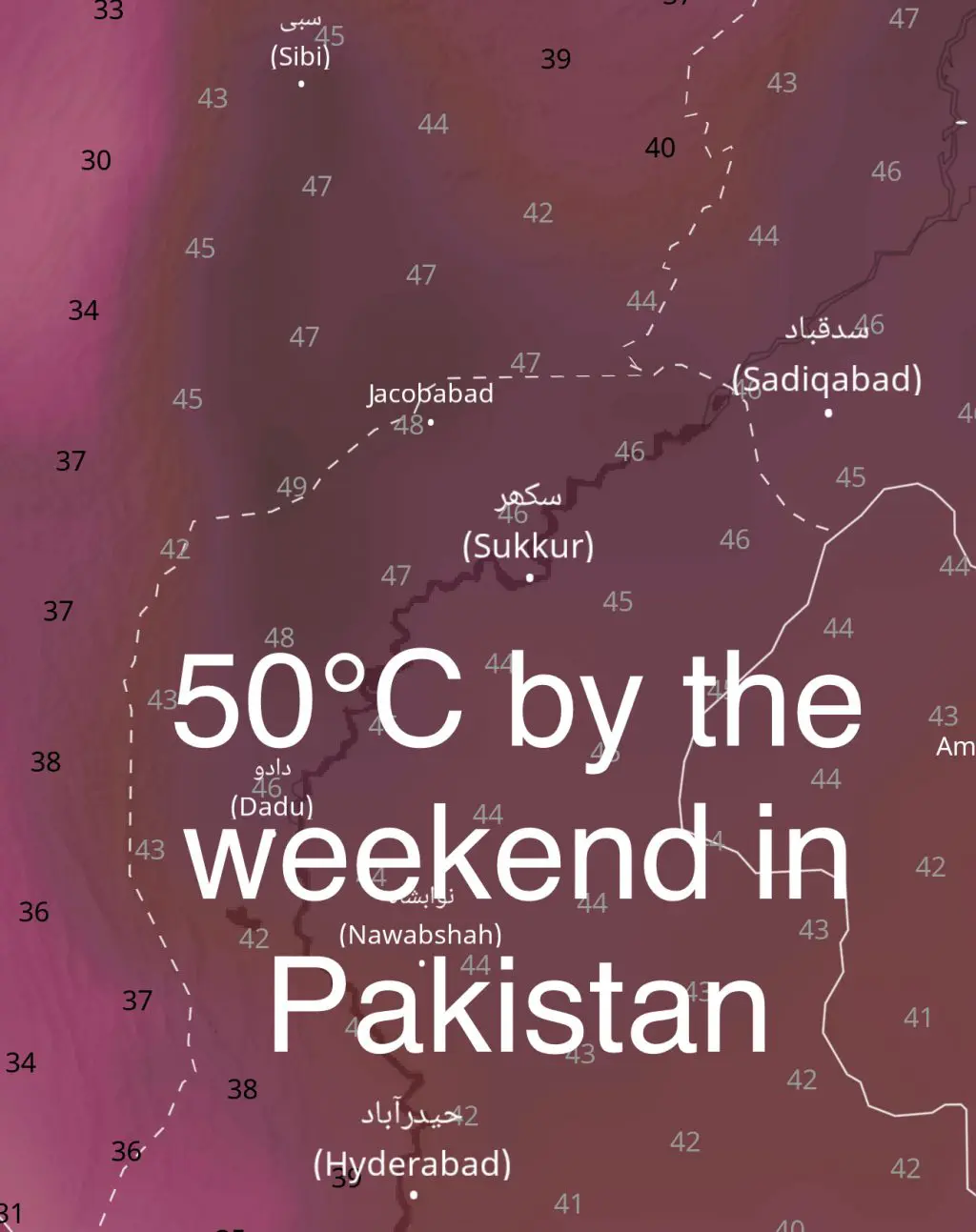
The hottest part of the world right now is Pakistan, which is suffering from an early extreme heatwave on the cusp of the Northern Hemisphere summer. Between the 15th and the 20th of May, the regions of Punjab, Sindh and Balochistan are expected to reach 4-6°C above normal while in the regions of Khyber Pakhtunkhwa, Kashmir and Gilgit-Baltistan, temperatures are expected to reach 5-7°C above normal. Absolute maximum temperatures may reach 50°C in parts of the country by the 20th of May (https://24newshd.tv/15-May-2025/extreme-heatwave-grips-many-cities-across-pakistan?version=amp). Temperatures in the past 24 hours have already reached 48°C in Turbat, Pakistan, while in other parts of the country, such has Jacobabad and Nokkundi, temperatures have already reached 47.4°C and 47.0°C, respectively. In Jacobabad and Turbat, minimum temperatures dropped down to a balmy 30.0°C. Pakistan has been struggling from a heatwave for the past month, and there is little in the near term to suggest the return of mild temperatures. From the animation below based on Global Forecast Sytem (GFS) modeling, we can see that below average temperatures are not expected to return to the region until the end of May. Any intermission from high temperatures may not last long, however as the beginning of the Northern Hemisphere summer beckons in June.
Coming a close second to Pakistan on the world stage of extreme heat is Iran, which is also afflicted by abnormally high temperatures. Temperatures reached 47.8°C in Zabol, while the highest minimum temperature felt in the country was 31.7°C in Jask. Iran is also currently affected by a dust storm that originated in Saudi Arabia, with air quality index (AQI) values expected to meet or exceed 500 units, indicating extremely hazardous air. In combination with an ongoing energy and water shortage in Iran, causing increasing insecurity of air conditioning and inability to properly water crops, conditions across the southern and eastern parts of the county will be challenging for human life (https://www.intellinews.com/middle-east-braces-for-intense-heatwave-with-temperatures-set-to-surpass-50-c-381376/?source=iran).

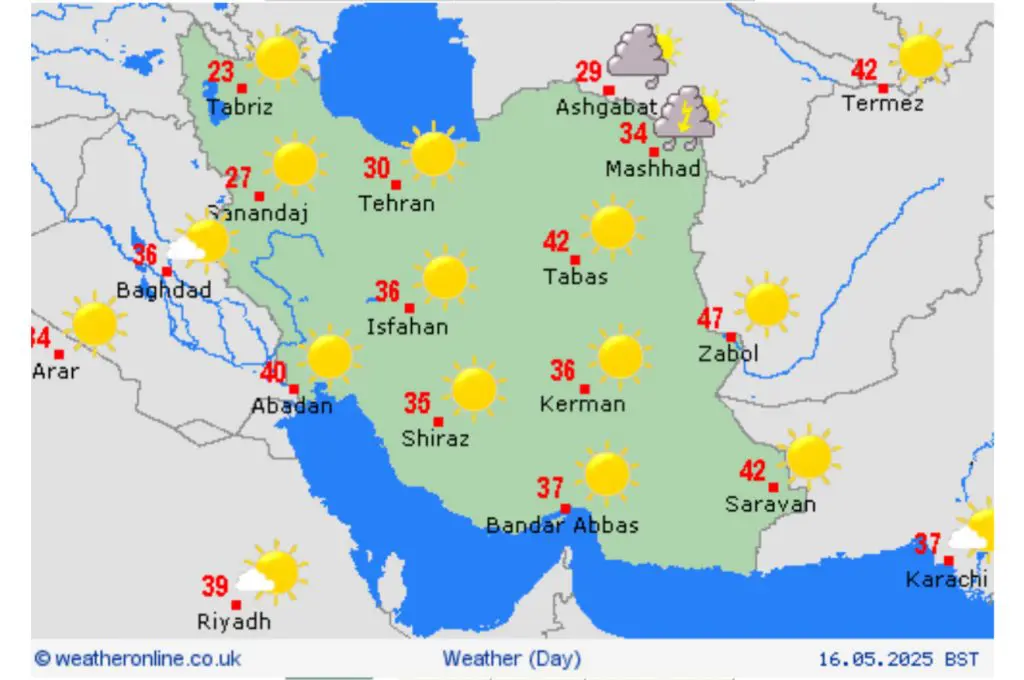
In the Southern Hemisphere, Argentina is experiencing temperature well above normal for the late season Southern Hemisphere autumn. The highest temperature experienced over the past 24 hours was 33.3°C in Ceres in the north-central part of the country while the lowest minimum experienced was 21.8°C in Rivadavia, just to the east of the Andes opposite Santiago de Chile. The GFS-data based animation below shows the fronts of cold and warm air in South America over the coming days. A blast of cold Antarctic air will arrive on Sunday, May 18th before warm temperatures well above normal are expected to return a week later on Sunday, May 25th.
Across the Atlantic Ocean, South Africa is experiencing temperatures well above normal for the season as they too near Southern Hemisphere winter. Temperatures were highest in the far northwestern part of the country, reaching 39.9°C in Alexander Bay, a shocking figure considering its presence along the Atlantic Coast. The highest minimum temperature felt in South Africa was 22.0°C in Vioolsdrif. Even on the south coast temperatures reached 31.9°C in Port Elizabeth, a shocking 11°C above normal. Temperatures are expected to remain well above normal throughout the country until a blast of cold Antarctic air brings relief around Tuesday, May 20th, as the animation below depicts.
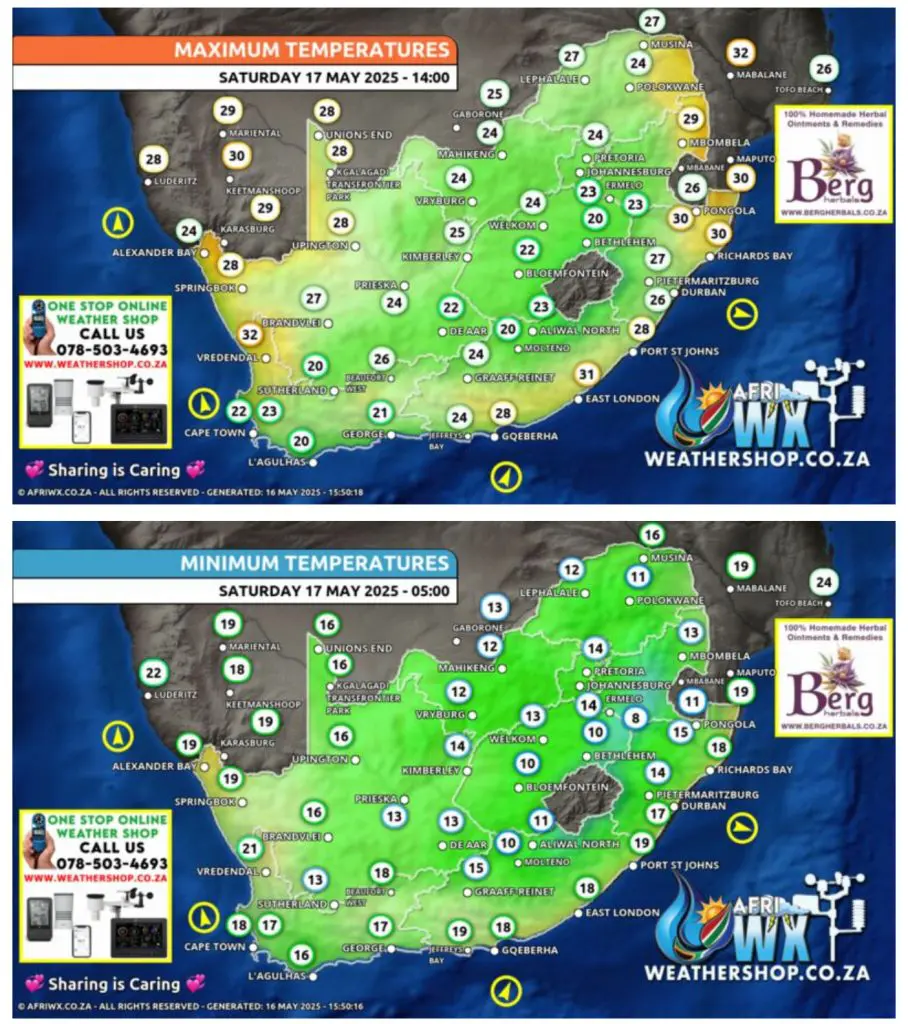

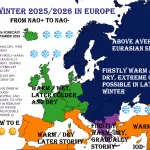
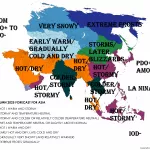



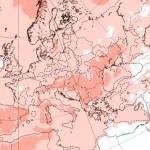
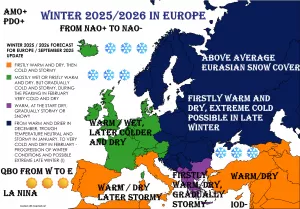
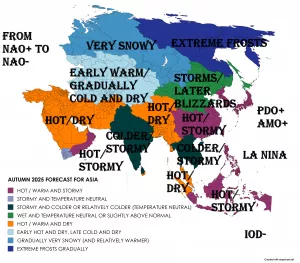


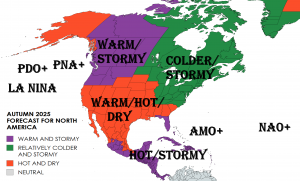
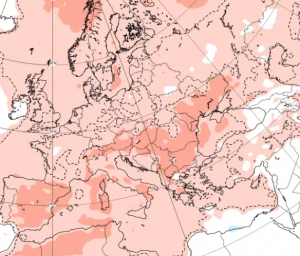






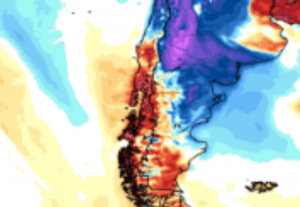

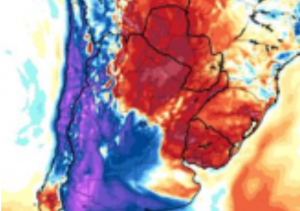





13 thoughts on “Weather Report for May 16th in Latin America, Africa and Asia: Extremely high temperatures, 48°C in Pakistan, 47.8°C in Iran”
Comments are closed.